Home insurance provides critical protection for your property, helping you recover financially in the event of damage, loss, or theft. However, it’s important to recognize that homeowners insurance policies do not cover every type of loss or damage. While they offer broad protection, there are specific exclusions—situations or types of damage that are not covered under a standard policy.
Understanding these exclusions is crucial to ensuring that you are adequately protected and to prevent surprises when you file a claim. In this article, we’ll explain the common exclusions in home insurance coverage, why they exist, and how you can address these gaps in protection.
1. What Are Insurance Exclusions?
Insurance exclusions are specific conditions, risks, or events that are not covered under a homeowners insurance policy. These exclusions are outlined in the policy’s terms and conditions, and understanding them is key to knowing the full scope of your coverage.
For example, if you experience damage to your property from a covered peril (e.g., a fire or storm), your home insurance will generally pay for repairs or replacements. But if the damage is caused by an excluded event, the insurance company will not pay for those repairs or replacements.
Exclusions can vary by insurer and policy type, so it’s important to carefully review your policy and speak with your insurance agent to understand what is and isn’t covered.
2. Common Home Insurance Exclusions
While exclusions can vary depending on your specific policy, there are several common exclusions in most homeowners insurance plans:
1. Flood Damage
- Floods are one of the most common exclusions in a standard home insurance policy. Damage caused by flooding—whether from heavy rainfall, a rising river, or a coastal storm surge—is not typically covered.
- How to Address It: You can purchase separate flood insurance through the National Flood Insurance Program (NFIP) or a private insurer to protect your home and belongings from water damage due to flooding.
2. Earthquake Damage
- Similar to flood coverage, earthquake damage is usually excluded from standard homeowners insurance policies. This includes damage to your home and personal property caused by ground shaking or earth movement.
- How to Address It: If you live in an area prone to earthquakes, you can purchase earthquake insurance to ensure coverage for structural damage, personal property loss, and any resulting expenses.
3. Wear and Tear
- Damage caused by normal wear and tear, deterioration, or lack of maintenance is not covered. For example, if your roof leaks because it has aged over time or your plumbing fails due to rust and corrosion, these issues typically aren’t covered under your policy.
- How to Address It: Regular maintenance and prompt repairs can prevent such damage. Homeowners can also consider purchasing maintenance insurance or extended warranties for appliances and systems that may age or degrade over time.
4. Intentional Damage or Negligence
- Insurance does not cover intentional damage caused by the homeowner or others in the household. For example, if someone intentionally damages your home, your insurer will not pay for the repairs.
- Similarly, negligence—such as leaving a stove on and causing a fire—may also be excluded, depending on the circumstances.
- How to Address It: Avoid risky behavior or neglecting home maintenance. Always ensure that safety precautions are in place to prevent accidents.
5. Pest Infestation or Rodent Damage
- Damage caused by pests like termites, rodents, or insects is generally not covered under a standard homeowners insurance policy. For instance, termite damage, which can be severe to a home’s structure, is considered preventable with proper maintenance.
- How to Address It: Regular pest control and home inspections can help prevent infestations. In some cases, you may want to look into additional pest damage coverage or a home warranty to protect against such issues.
6. Neglect or Failure to Prevent Further Damage
- Insurance may not cover damages if the homeowner fails to take reasonable steps to prevent further loss. For example, if a pipe bursts and you do not take prompt action to stop the flow of water, the insurance company may deny coverage for the damage caused by the continued leaking.
- How to Address It: Take immediate action to prevent further damage. Many policies require homeowners to mitigate damage by making temporary repairs, like boarding up windows after a storm or shutting off the water supply after a leak.
7. High-Value Items (Without Additional Coverage)
- Jewelry, art, antiques, collectibles, and firearms are often subject to low coverage limits under a standard homeowners policy. If the value of these items exceeds your policy’s limits, the insurance will not fully cover their loss or damage.
- How to Address It: You can add a rider or endorsement to your policy to provide additional coverage for valuable items. This will ensure that high-value property is fully protected in case of theft, damage, or loss.
8. Business Use of Your Home
- If you run a business out of your home, a standard homeowners policy will not cover damage or liability related to your business operations. For instance, if you operate a home-based business and an employee is injured on your property, your homeowner’s insurance likely won’t cover medical expenses or legal fees.
- How to Address It: You can purchase business insurance or a home-based business endorsement to provide coverage for business-related activities conducted in your home.
9. Vehicle Damage
- Vehicles, boats, and other motorized equipment are typically excluded from homeowners insurance, including damage caused to or by these items. For instance, if your car is damaged in a storm or a fire destroys your garage along with your car, your homeowners insurance would not cover the vehicle itself.
- How to Address It: Car insurance, boat insurance, and specialized policies for motorized equipment are needed to protect vehicles and motorized items.
10. Government Action or War
- Loss or damage caused by war, nuclear accidents, or government action (such as the seizure of property or an evacuation order) is typically excluded from homeowners policies. These events are beyond the control of the insurance company and are generally uninsurable.
- How to Address It: Unfortunately, there is no practical way to insure against such risks through homeowners insurance. However, understanding these exclusions is important for managing expectations.
3. How to Protect Yourself from Exclusions
While exclusions are common, there are several ways you can mitigate the risk of gaps in coverage and ensure that you have the protection you need:
1. Review Your Policy Regularly
- It’s essential to regularly review your homeowners insurance policy with your agent. Over time, your needs may change, and your policy may need to be updated to ensure adequate protection for new or more valuable assets.
2. Add Endorsements or Riders
- If you own high-value items or have specific risks not covered by your standard policy, ask your insurer about adding endorsements or riders. This is an affordable way to increase your coverage for things like valuable jewelry, fine art, or home-based business activities.
3. Consider Specialty Coverage
- For risks like flooding, earthquakes, or pest damage, consider purchasing specialty insurance policies that specifically cover those risks. These additional policies can provide the protection you need in areas where a standard homeowners policy falls short.
4. Practice Good Maintenance
- Taking good care of your property and performing regular maintenance can help reduce the likelihood of damages that might be excluded, such as wear and tear, pests, or neglect. This proactive approach may also reduce premiums and help ensure your coverage stays intact.
4. Conclusion
Homeowners insurance is designed to provide you with financial protection in case of unexpected events, but it’s important to recognize the exclusions that exist within your policy. From natural disasters like floods and earthquakes to wear and tear and intentional damage, exclusions vary, and understanding them is key to ensuring that you have the right coverage for your needs.
By regularly reviewing your policy, adding necessary endorsements, and considering additional coverage options, you can better protect your home and personal belongings from the risks that your standard policy may not cover. Always communicate with your insurance provider to ensure that you are adequately protected against the potential gaps in your coverage.

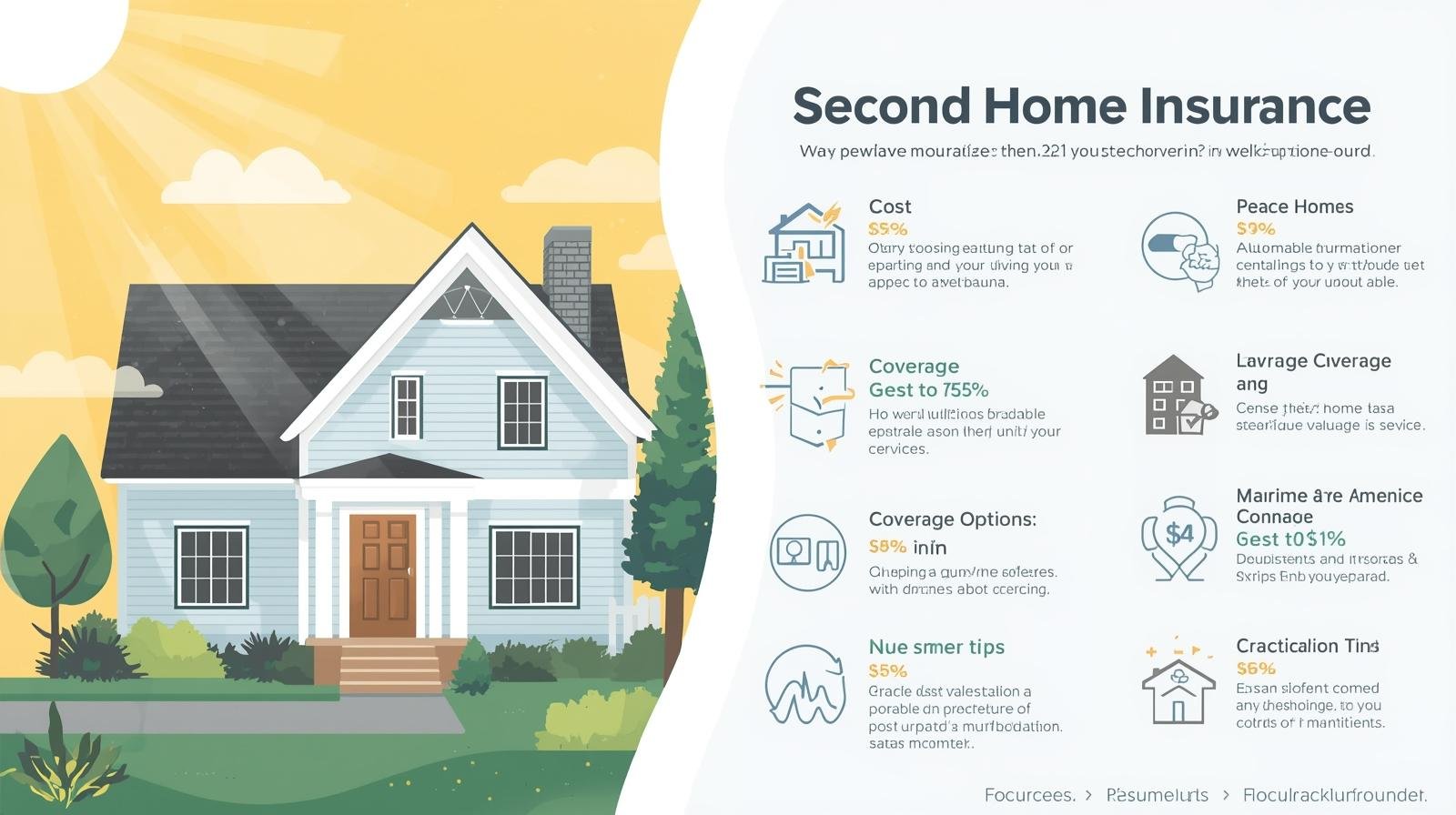
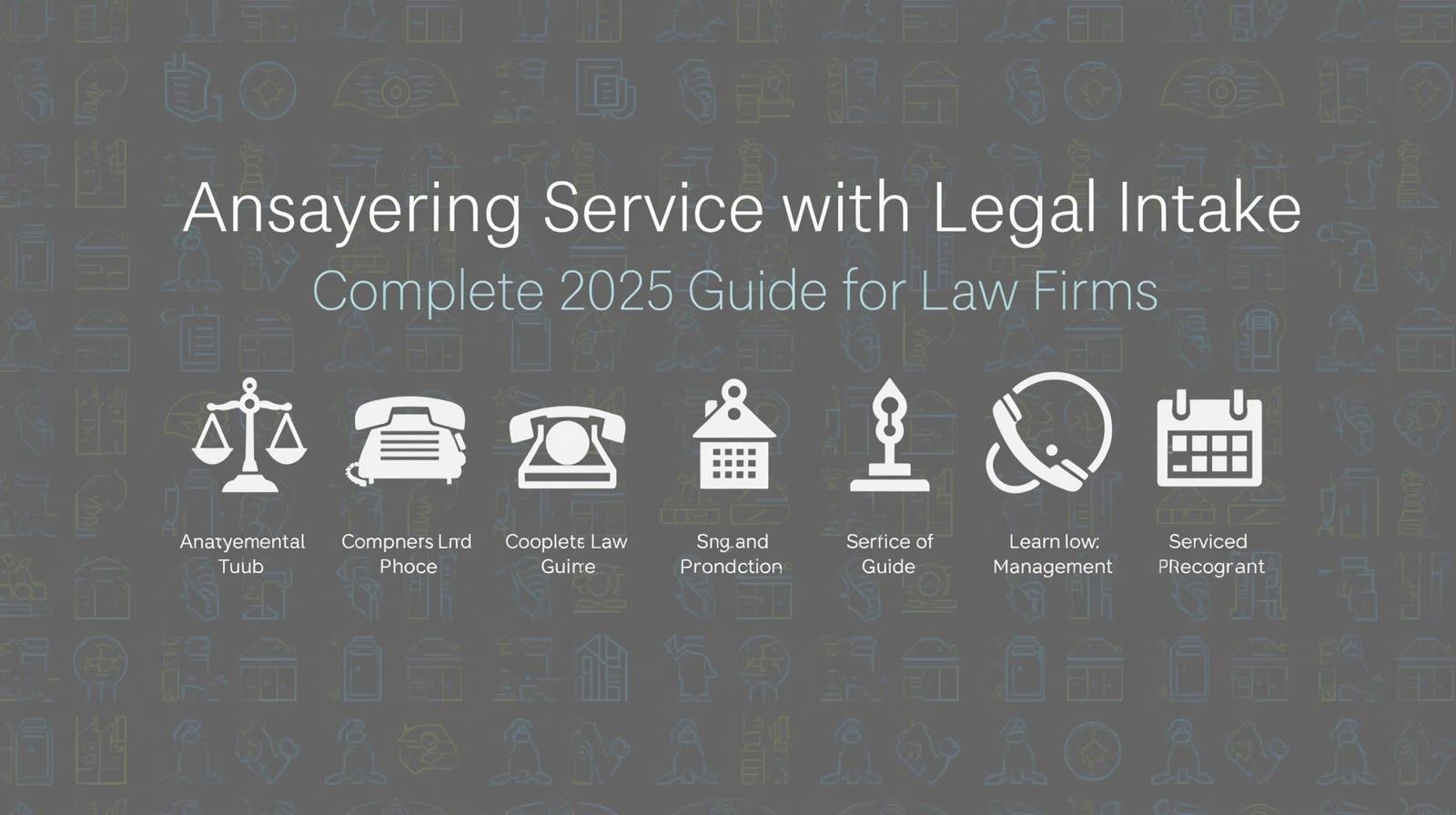

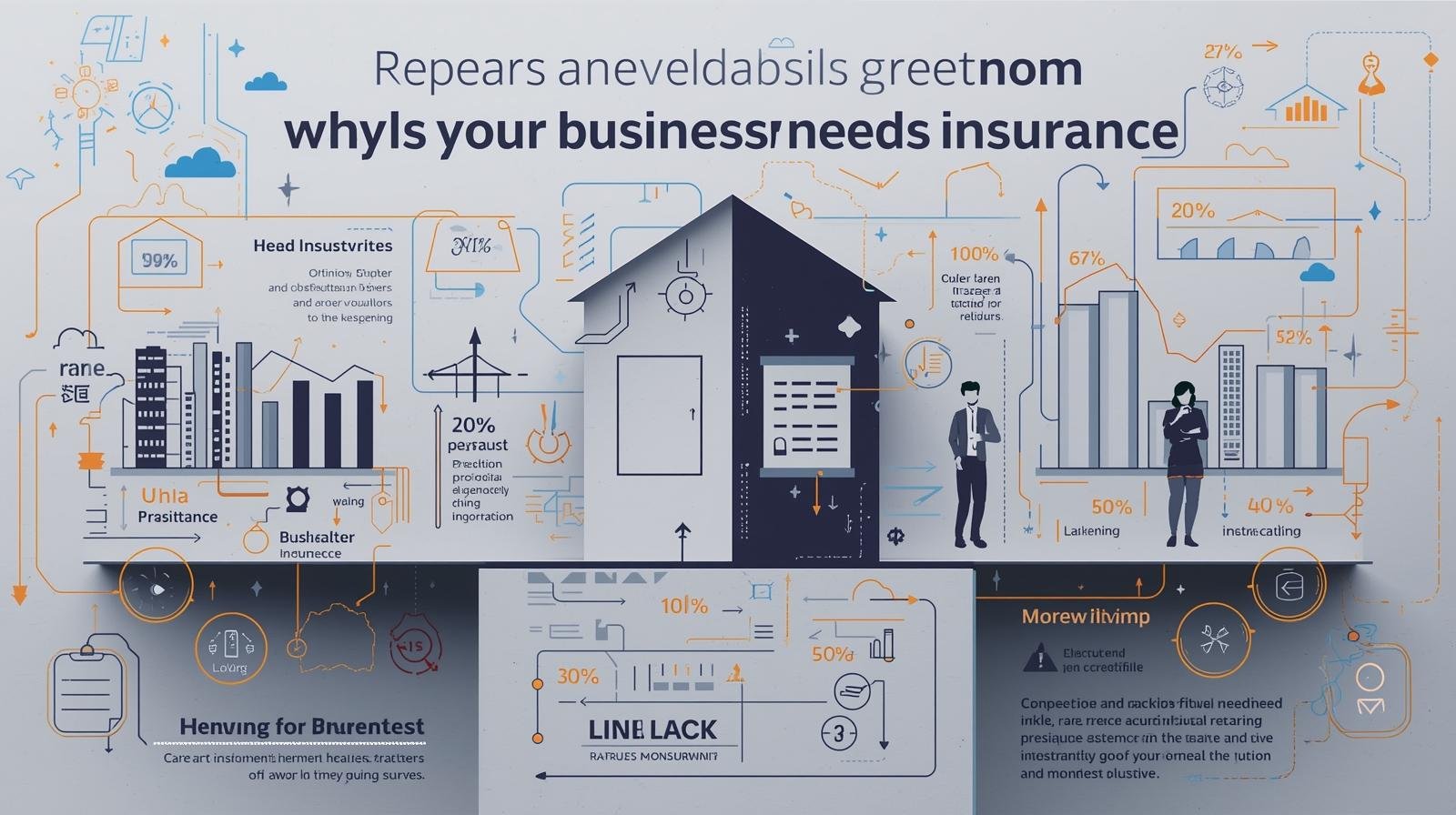

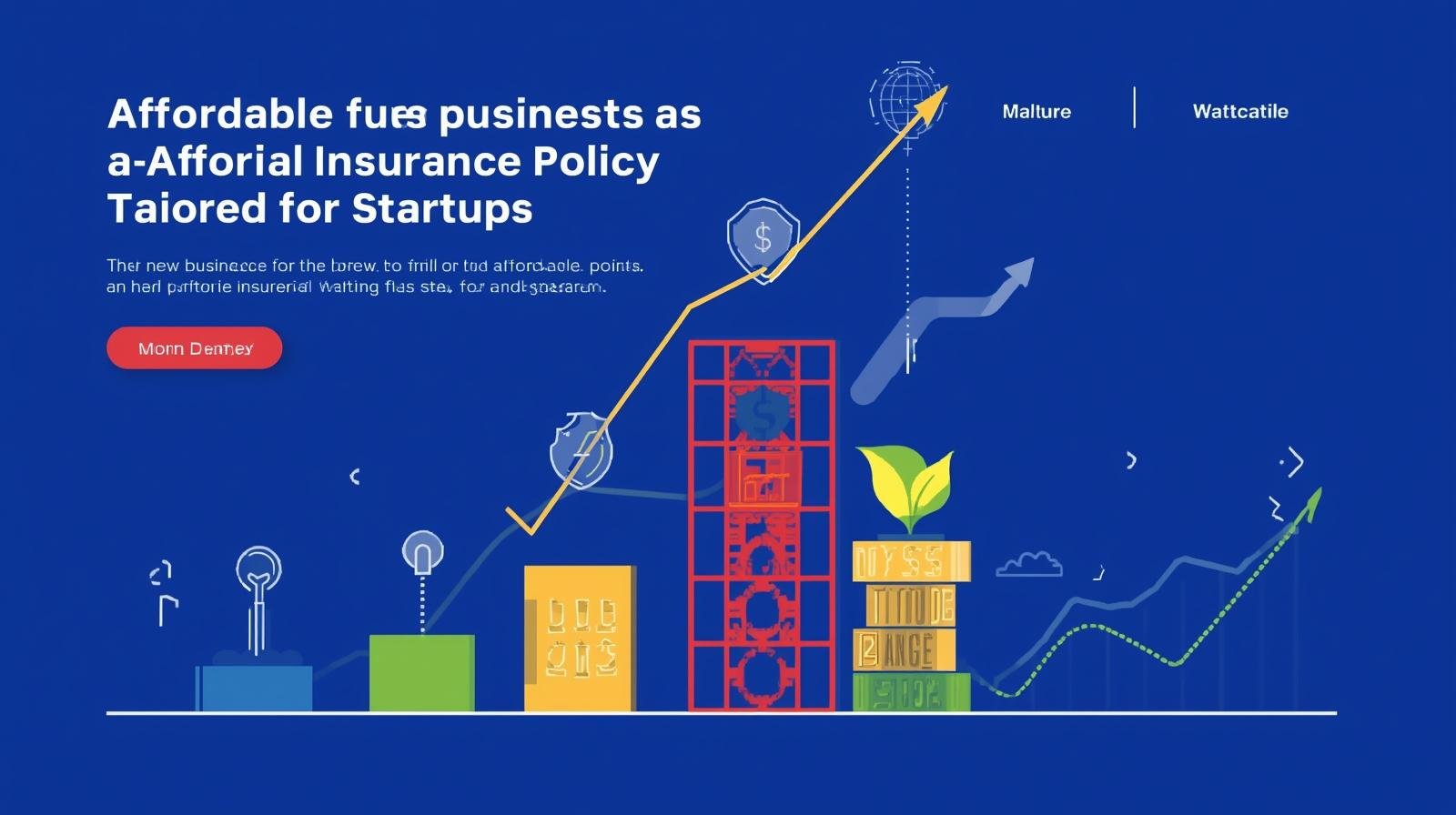
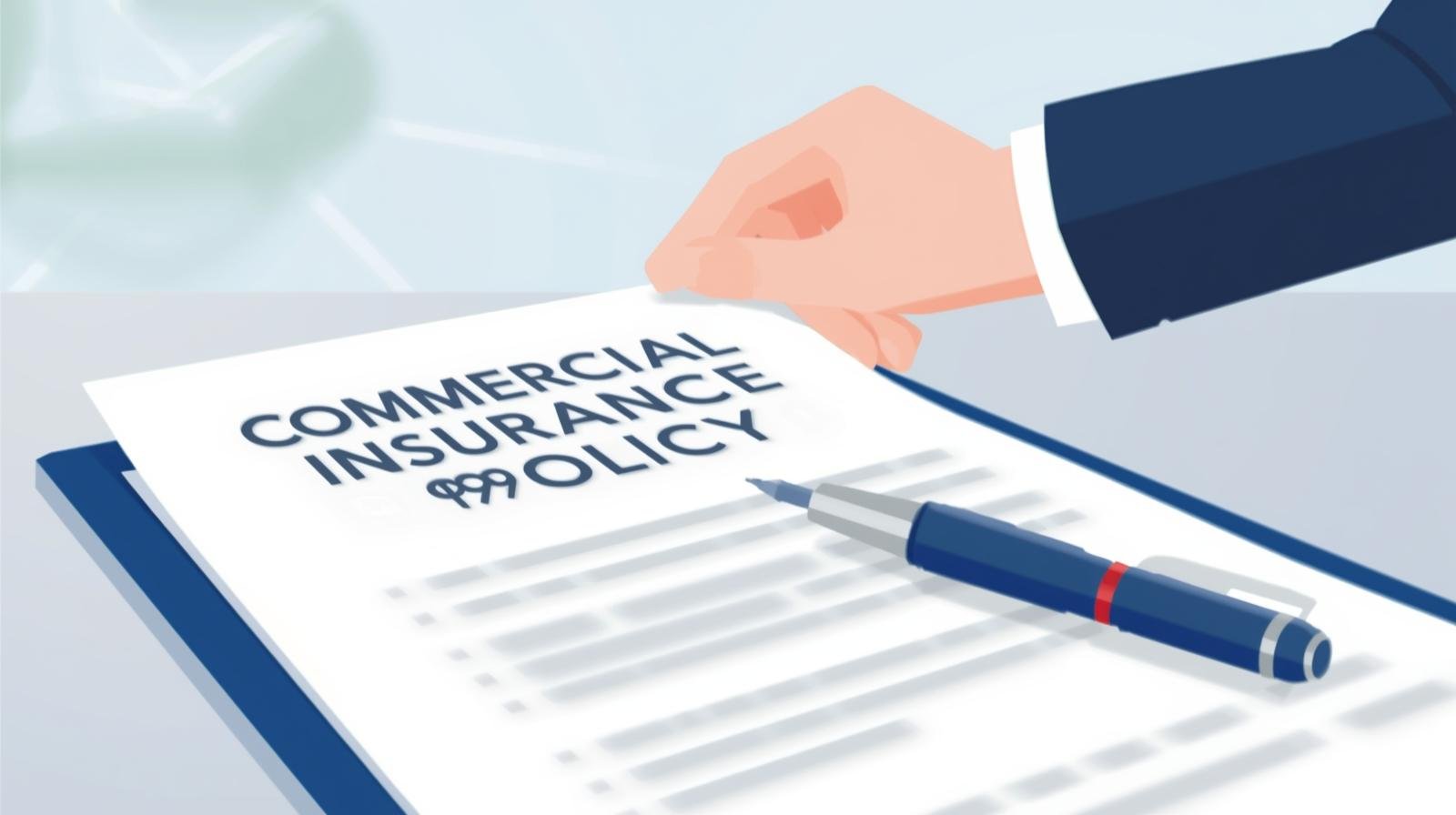

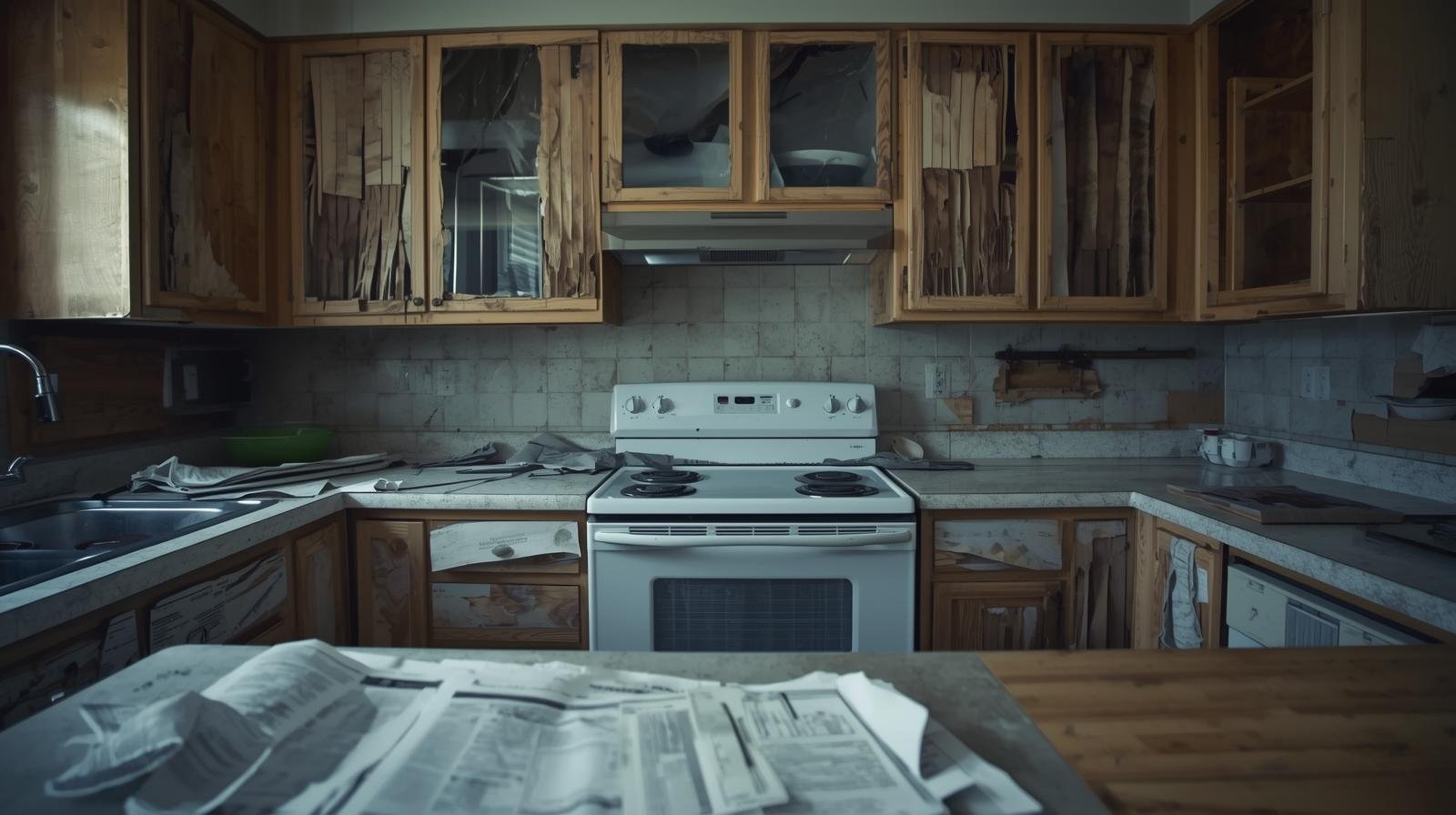
Leave a Reply